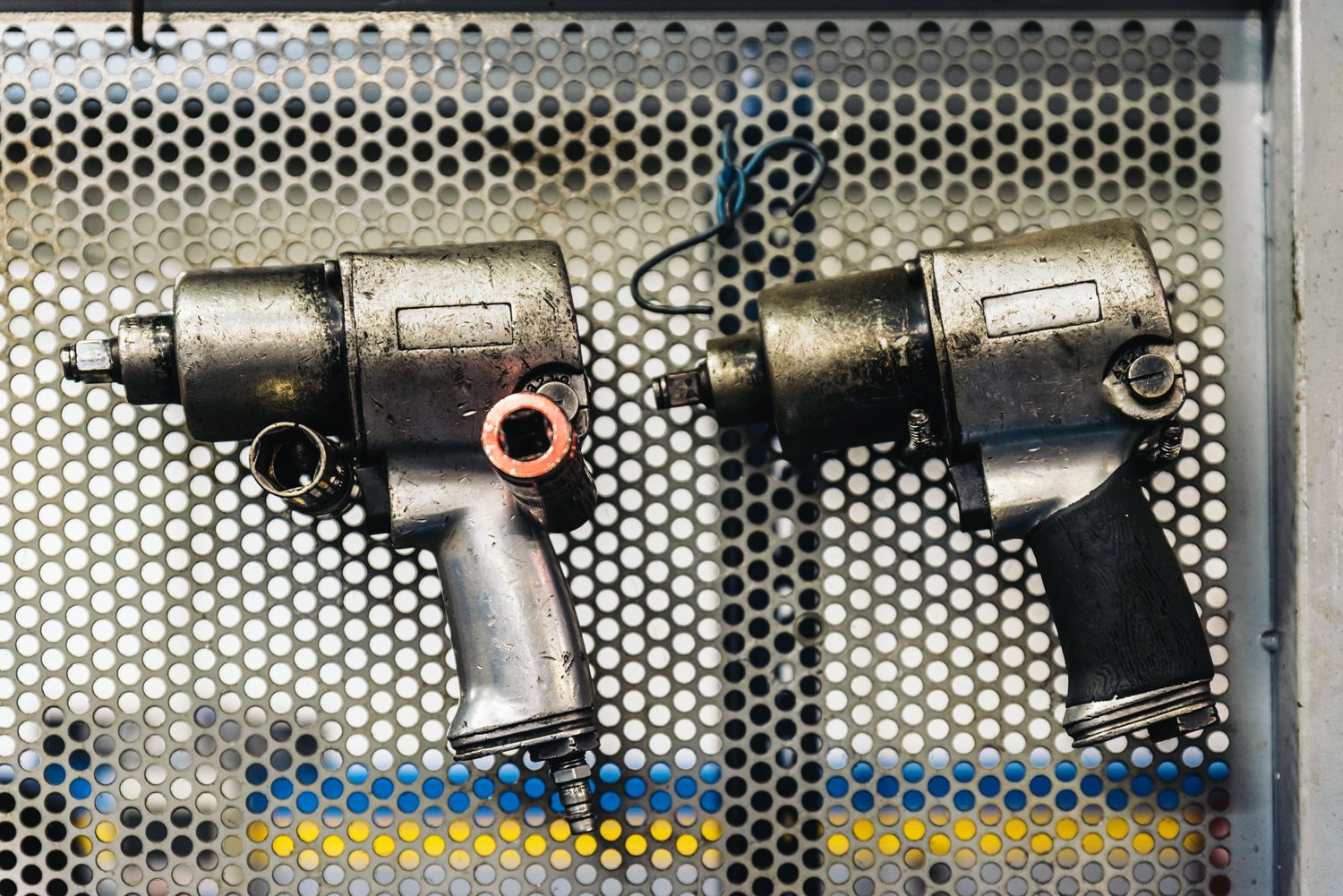Understanding pneumatic tools and their applications
Pneumatic tools are essential equipment in the construction industry. These devices use compressed air to power various operations. They offer high efficiency and reliability in demanding work environments. Pneumatic tools include nail guns, sanders, drills, and impact wrenches. These instruments are widely used in woodworking, metalworking, and automotive industries. The global pneumatic tools market was valued at $7.2 billion in 2020. It is expected to reach $9.8 billion by 2027, growing at a CAGR of 4.5%. Pneumatic tools provide numerous advantages over their electric counterparts. They are lighter, more powerful, and require less maintenance.
One of the most popular pneumatic tools is the nail gun. This device dramatically increases productivity in construction and woodworking. Nail guns can drive up to 60 nails per minute, compared to 10-12 nails for manual hammering. They come in various types, including framing nailers, finish nailers, and brad nailers. Each type is designed for specific applications and nail sizes. The global nail gun market size was $2.3 billion in 2020. It is projected to reach $3.1 billion by 2026, with a CAGR of 5.1%.
Pneumatic sanders are another crucial tool in the construction industry. These devices use compressed air to power abrasive discs or belts. They are ideal for smoothing wood, metal, or plastic surfaces. Pneumatic sanders offer faster material removal rates compared to electric models. They also produce less heat, reducing the risk of surface damage. The global pneumatic sander market was valued at $1.1 billion in 2019. It is expected to grow at a CAGR of 3.8% from 2020 to 2027.
Selecting the right nailers and firrings for your project
Choosing the appropriate nailer for your project is crucial for efficiency and quality. Framing nailers are designed for heavy-duty construction work. They can handle nails ranging from 2 to 3.5 inches in length. These tools are ideal for framing walls, building decks, and constructing roof trusses. Finish nailers, on the other hand, are used for more delicate work. They typically use 15 or 16-gauge nails, ranging from 1 to 2.5 inches in length. These nailers are perfect for installing trim, baseboards, and crown molding.
Brad nailers are the smallest type of pneumatic nailers. They use 18-gauge nails, which are thin and leave minimal holes. Brad nailers are excellent for attaching delicate trim pieces and moldings. They can also be used for crafting and light woodworking projects. When selecting a nailer, consider the nail size, firing mode, and magazine capacity. Some nailers offer both sequential and bump firing modes. Sequential firing is safer but slower, while bump firing allows for rapid nail placement.
Fittings are essential components of pneumatic systems. They connect air hoses, tools, and compressors. Common types of fittings include quick-connect couplers, plugs, and adapters. When choosing fittings, ensure compatibility with your tools and air compressor. Consider factors such as flow rate, pressure rating, and material. Brass fittings are durable and corrosion-resistant, making them ideal for construction sites. Plastic fittings are lightweight and cost-effective but may not be suitable for high-pressure applications.
Maintenance and safety tips for nailers and pneumatic tools
Proper maintenance is crucial for the longevity and performance of pneumatic tools. Clean your tools regularly to remove dust and debris. Use compressed air to blow out any accumulated particles. Lubricate moving parts according to the manufacturer’s instructions. This typically involves adding a few drops of air tool oil to the air inlet before each use. Check for air leaks in hoses and fittings. A small leak can significantly reduce tool efficiency and increase energy costs.
Safety should always be a top priority when using pneumatic tools. Always wear appropriate personal protective equipment (PPE). This includes safety glasses, hearing protection, and work gloves. Never point a pneumatic tool at yourself or others, even if it’s not connected to an air supply. Disconnect tools from the air supply when not in use or when changing accessories. Inspect tools and hoses for damage before each use. Replace any worn or damaged parts immediately.
Proper training is essential for safe and effective use of pneumatic tools. Ensure all operators are familiar with the tool’s features and safety mechanisms. Follow these guidelines to minimize accidents:
- Keep work areas well-lit and clean
- Secure workpieces with clamps or vises
- Maintain proper body positioning and grip
- Use the correct air pressure as specified by the manufacturer
By following these maintenance and safety tips, you can maximize the lifespan of your pneumatic tools and ensure a safe working environment.





